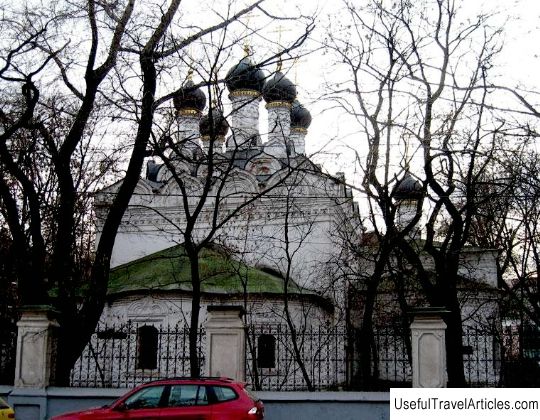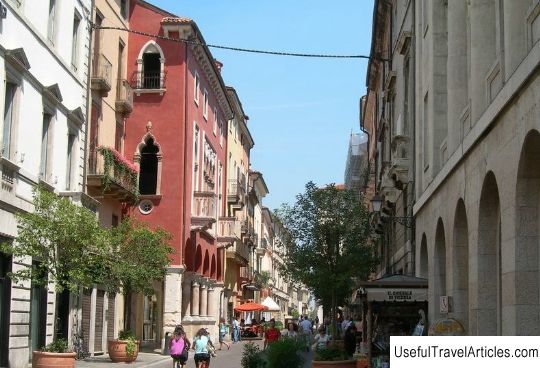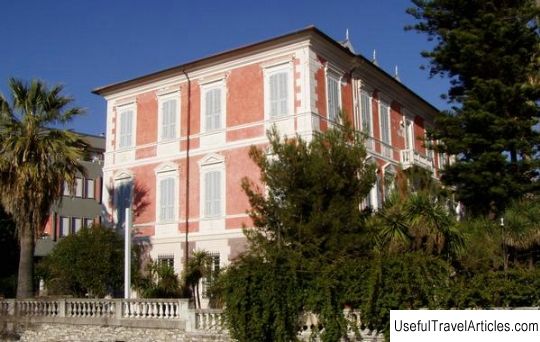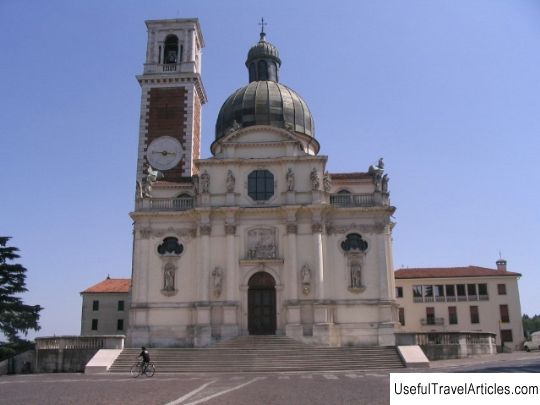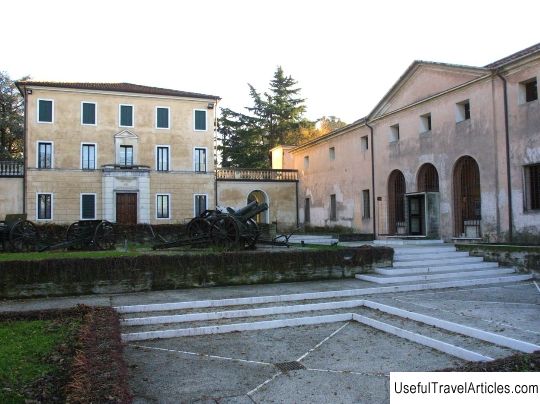Museum of Natural History and Archeology (Museo naturalistico e archeologico di Santa Corona) description and photos - Italy: Vicenza
Rating: 7,9/10 (119 votes) 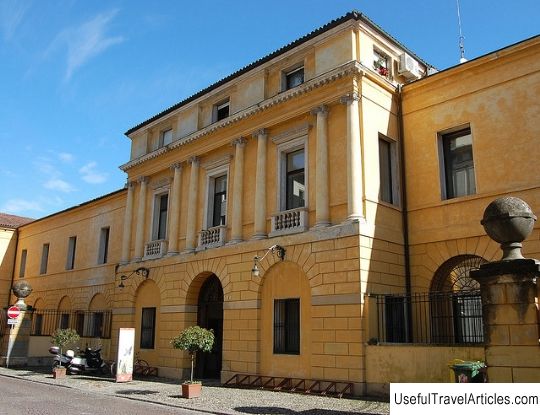
Museum of Natural History and Archeology (Museo naturalistico e archeologico di Santa Corona) description and photos - Italy: Vicenza. Detailed information about the attraction. Description, photographs and a map showing the nearest significant objects. The title in English is Museo naturalistico e archeologico di Santa Corona. Photo and descriptionThe Vicenza Museum of Natural History and Archeology occupies two Dominican cloisters, flanking the Church of Santa Corona and facing the street of the same name. The smaller 17th century cloister is located on the north side of the church, as is the old library. The latter was built between 1496 and 1502, presumably designed by Rocco da Vicenza, but is not used today. The second, larger cloister was built in the second half of the 15th century and is decorated with columns of local stone with Gothic capitals. The loggia and the western facade of the cloister were designed by Francesco Muttoni. The premises of this cloister once housed not only monks, but also the administration of the Inquisition - it occupied the first floor of the western wing. In 1811, the large cloister was used as a city college, then it housed an Austrian military hospital, and later a school. In 1823, the current facade with a triple entrance was added to it, and in 1877 it became the seat of the prestigious Institute of Technology, founded by the industrialist Alessandro Rossi. The Institute was located here until 1962. In 1987, both cloisters were restored, and a few years later they housed the collections of the Museum of Natural History and Archeology. Previously, the museum's collections occupied the building of the Palazzo Chiericati, along with other collections of the Vicenza Municipal Museum. In the 19th century, important naturalistic collections were donated to the museum, among which were a rich herbarium containing silver minerals, crocodile fossils, once inhabited on the territory of Vicenza, and many other curious exhibits. In 1945, the City Museum was bombed and most of the natural history material was destroyed. Only two paleontological collections have survived from the original collection. Therefore, the museum's current exhibits are the result of recent acquisitions and donations. Today, in the Museum of Natural History and Archeology, you can see the malacological and osteological collections, stuffed rare bird species and an invaluable herbarium created by the famous naturalist-archelogue Paolo Liya in 1854-56. The entomological collection contains holotypes and paratypes of insect species inhabiting Vicenza and northern Italy.  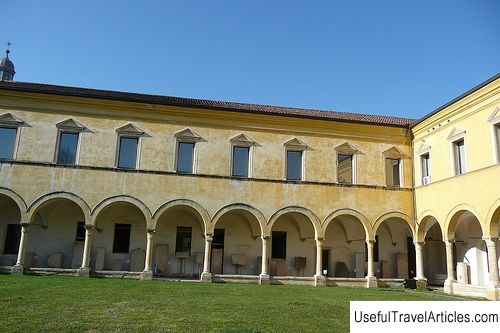    We also recommend reading Resurrection Cathedral description and photos - Russia - Golden Ring: Tutaev Topic: Museum of Natural History and Archeology (Museo naturalistico e archeologico di Santa Corona) description and photos - Italy: Vicenza. |
